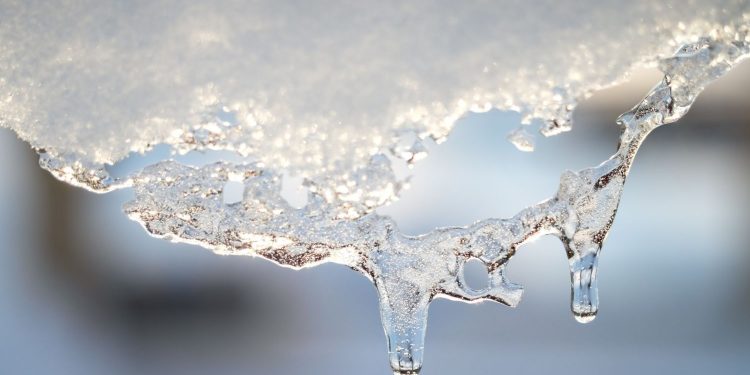It may seem odd to think about spring when winter is just beginning, but homeowners should know what to do to prevent flooding from snowmelt runoff.
Pennsylvanians are no strangers to winter snow and ice. When the snow begins, it adds to the festive feeling of the holiday season. However, when it piles up or when heavy snowstorms dump snow by the foot, the snow removal chores pile up, too. Homeowners preparing their houses for winter weather should think ahead about what to do to prevent flooding from snowmelt runoff.
Why Snowmelt Can Cause Flooding
When snow melts at a normal rate, the water runs off into drains, streams, and river, and the warming soil can absorb a lot of it. But exceptionally heavy snowfall coupled with frigid weather can result in ground that’s frozen solid, and the heavy snow and ice gets packed. When temperatures warm suddenly, the snow begins to melt quickly, but the ground beneath the snowpack is still frozen. The earth can’t absorb the runoff, and the water from the melted snow will go wherever it can—into streets, sidewalks, and basements. Heavy runoff into rivers and streams can also cause water levels to rise quickly, flooding nearby neighborhoods.
Tips To Prevent Flooding from Snowmelt in and Around Your Home
The best way to keep snowmelt from causing flooding in and around your home is to ensure meltwater has someplace to go other than into a basement or under roof shingles. Way to prevent flooding from snowmelt include:
- Addressing grading issues before the freezing weather sets in. The ground should slope away from the foundation at a rate of one inch per foot.
- Removing snow from the perimeter of the house. Shovel a five-foot perimeter around the foundation.
- Preventing ice dams. Put snow removed from driveways, sidewalks, and around the foundation of your house someplace downhill, where it won’t obstruct runoff, clog city drains, or interfere with runoff from neighbors’ yards. Make sure runoff can escape and that it won’t get trapped behind snow piles, especially in gardens and around the foundation.
- Clearing gutters and downspouts. Extend downspouts, and keep a clear path for water to flow out of them.
- Scraping snow off the roof about two feet above the gutters to prevent ice dams. It isn’t necessary to get up on the roof to do this; a long-handled roof rake can take care of the job.
- Ensuring yard drainage systems are clear. Check for damaged catch basins,blocked swales, and clogged French drains, and clear any obstructions.
Preparation should include testing sump pumps and repairing or replacing them if necessary. Heavy spring rains can make flooding from runoff worse. When waters rise quickly, there may be no alternatives to sandbags to protect buildings from flooding.




